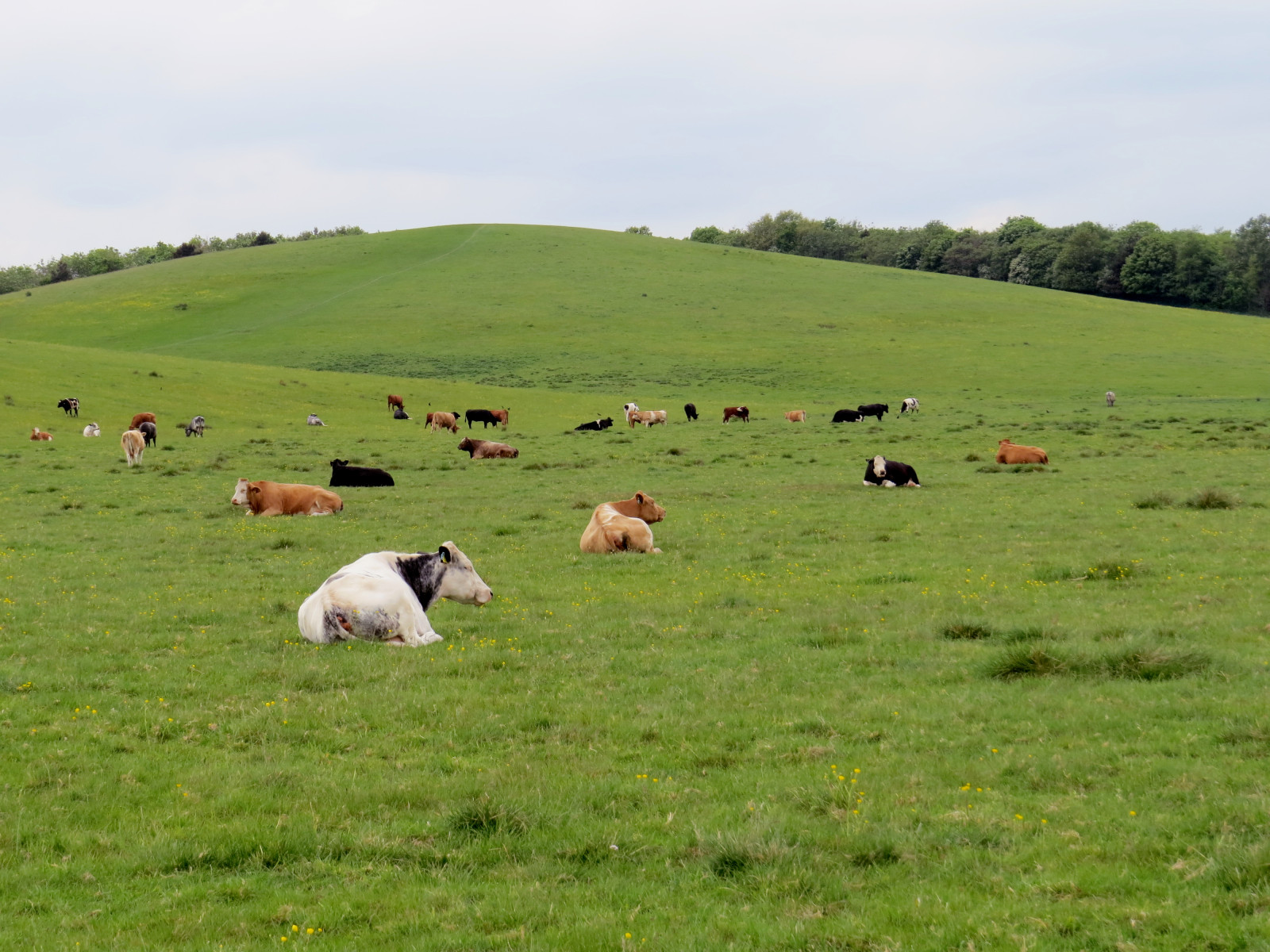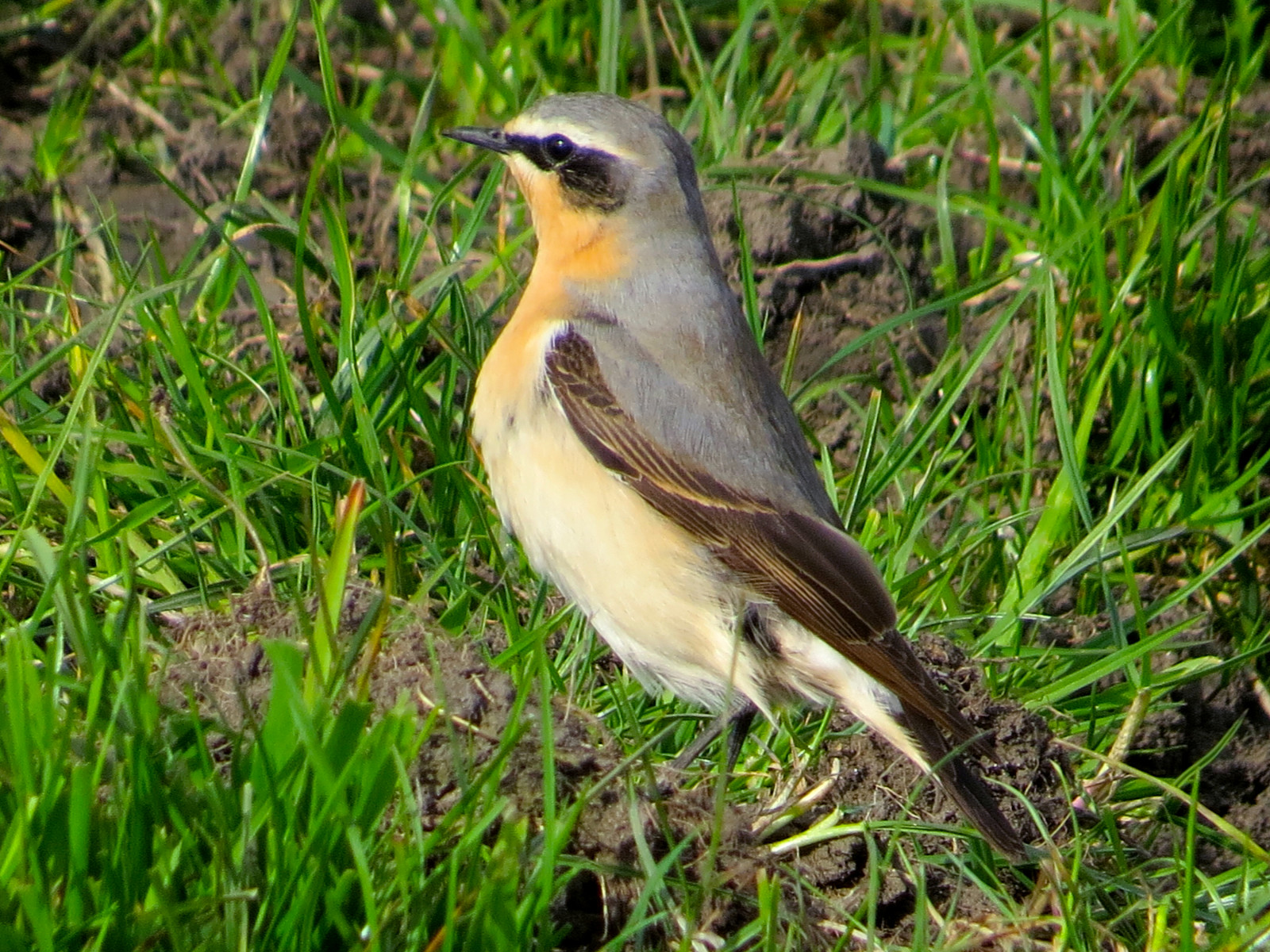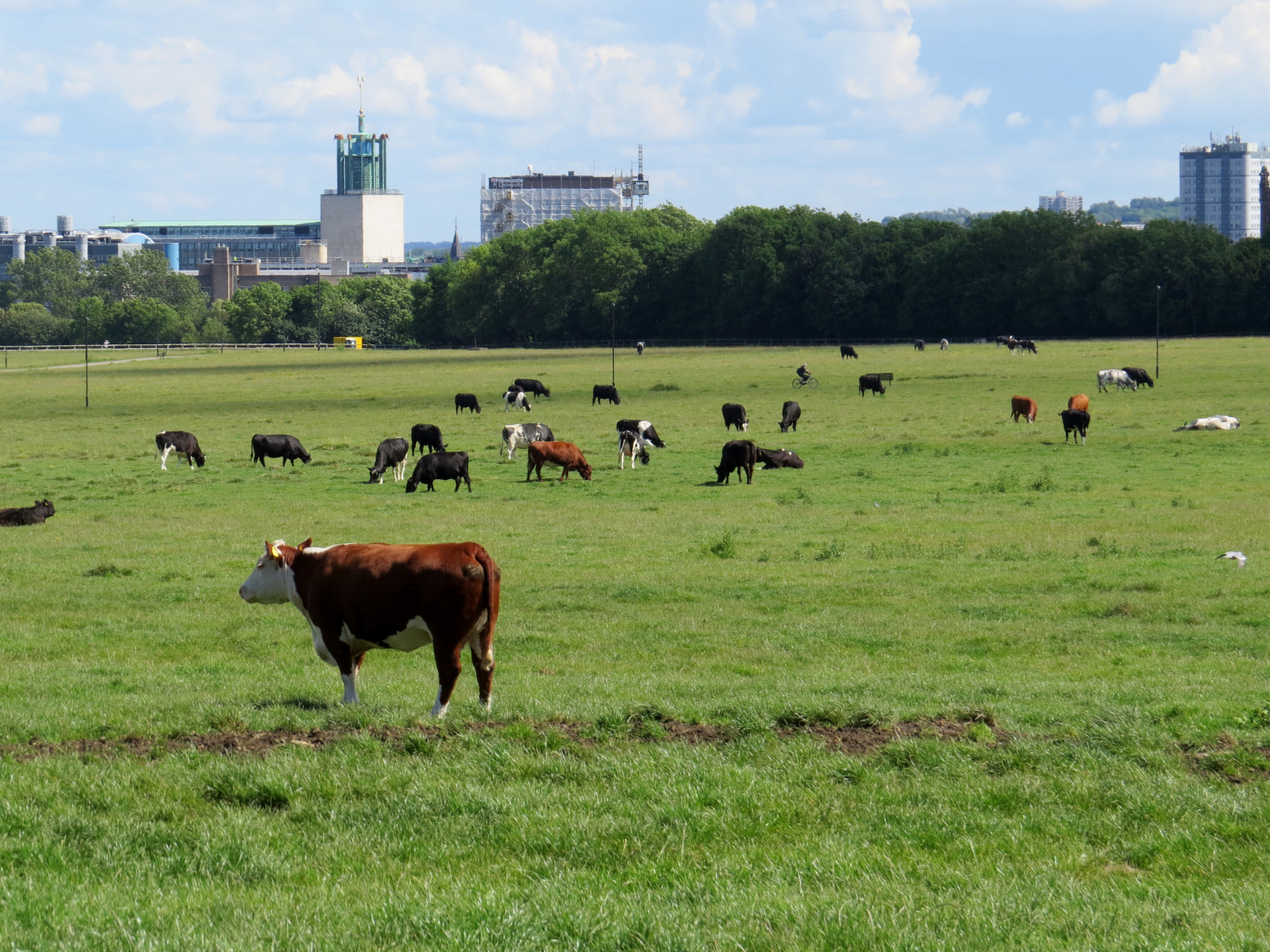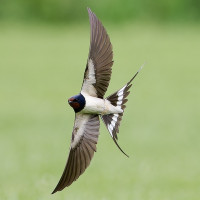Opis
The Town Moor is a large area of open grassland, grazed by cattle in the summer - a relic of historical traditions, with grazing rights held by the Freemen of Newcastle for nearly 400 years. Because of its size - around 400 hectares - it is possible to 'escape' and imagine oneself in remote rural countryside far from the urban reality. It is an important breeding site for skowronek and świergotek łąkowy, both normally rare in urban areas, and of interest for attracting passage migrants like muchołówka szara, pokląskwa and białorzytka, and sometimes flocks of wintering siewka złota.
The adjacent public park, Exhibition Park, is also worth watching, holding a range of common birds, including water birds on a small lake; in recent years, the lake surrounds have been improved for birds by adding a reedbed and denser shrub planting. The entire area is open access at all times.
Szczegóły
Dostęp
Newcastle Town Moor is only a short walk from the city centre. Numerous bus services pass along the roads round the edges of the Moor. Two tarmac-surfaced paths cross the Moor, which are open for cycling; the rest of the Moor is free access for pedestrians, but can be wet in winter.
Teren i siedlisko
Jezioro , Rzadkie drzewa i krzewy , Łąka , Miasto/wieś , RówninaWarunki
Płaski , Otwarty krajobrazTrasa dookoła
TakCzy luneta będzie przydatna ?
NieUdany sezon obserwacyjny
Wiosna , JesieńNajlepszy czas na wizytę
Wiosenne migracje , Jesienne migracje , WiosnaTrasa
Droga utwardzona , Droga nieutwardzonaPoziom trudności szlaku pieszego
ŁatwyDostępne
Pieszo , Rower , Wózek inwalidzkiCzatownia/platforma obserwacyjna
NieDodatkowe informacje
Also nearby is the Great North Hancock Museum, the foremost natural history museum in northern England; its collections include two taxidermied Great Auks on public display.




